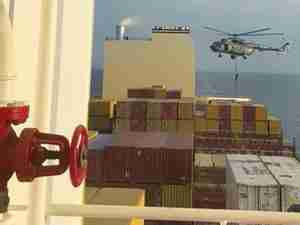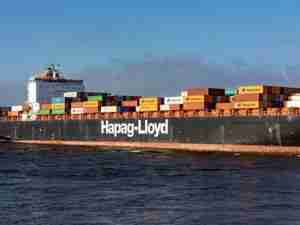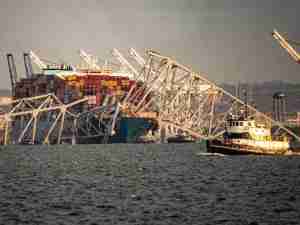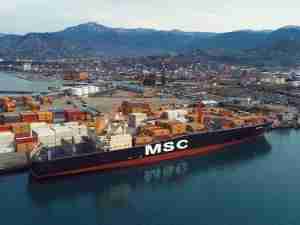Noting that over the past decade, China's remarkable economic growth has brought structural changes to global container shipping and other related industries, including shipbuilding and terminal operations, Mr. Wang reflected on the impressive statistics:
"In 2006, container throughput in all Chinese ports reached 80 million teu, or around one-fifth of the global volume. For cargoes from Asia to Europe and North America, China's exports have accounted for more than half of market volumes. In 2006 China gained a market share of 65% in the trans-Pacific eastbound trade, 71% with the inclusion of Hong Kong. In the Far East - Europe westbound market, a market share of 63% was recorded for exports from China alone and 72% with Hong Kong's contribution."
Mr. Wang added that given the scale of China's economic development, it is hardly surprising that China is now having a significant influence on the overall shape of global container transport and other related industries.
Turning to the subject of the global container ship newbuilding program, Mr. Wang continued:
"According to Clarkson's statistics, shipyards worldwide are expected to churn out 1,410 thousand teu of tonnage in 2007 while in the latest building spree, vessels above 10,000 teu have increased by a notable extent. In total, shipowners have spent $51.2 billion on container vessels, including 114 vessels above 10,000 teu. It is believed that more than 150 such ULCS will be added to orderbook by the end of this year."
BRS-Alphaliner's newbuilding statistics echo this development, said Mr. Wang: "The ULCS fleet above 10,000 teu will grow from four to 152 ships in four years. All these gigantic vessels are expected to join the booming Far East - Europe trade."
Mr. Wang said that some people might start to wonder whether such a huge delivery of tonnage will cause oversupply and lead to market meltdown, or whether the influx of new capacity will only serve to fulfill ever increasing demand.
He believes that in order to forecast market demand/supply, it is essential to analyze the growth in real slot capacity, which can be influenced by the following factors:
LIMITATIONS OF ACTUAL LOADING
Due to loading requirements or broken space caused by special cargo, a vessel's actual carrying capability will not reach its nominal capacity.
These factors include overweight, out-of-gauge (over-high and/or over-wide), and dangerous goods, etc. For a 4,000-teu vessel, the effective slot space can fall to under 3,200teu when the above-mentioned factors are taken into consideration.
REPLACEMENT OF AGING FLEET
Aging vessels account for a notable share of the total existing fleet. More than five percent of current tonnage would normally have been scrapped having reached the age of 25 years. In other words, one out of every 20 newbuildings will be used to fill the vacuum created by the disposal of aging vessels.
In consideration of low productivity and high maintenance costs, the aging fleet will be gradually renewed. With part of the newbuilding fleet reserved for the replacement of the ageing fleet, the growth of effective capacity supply will slow down as a result.
CAPACITY DEMAND FOR FEEDER EXPANSION
To maintain the efficiency of the overall network, feeder services have to be upgraded in proportion to the expansion of mainline services. The tonnage requirement for feeder expansion will reduce the capacity growth of long-haul services.
For example, if a carrier were to deploy 10,000 teu vessels to upgrade an existing Far East - Europe service that was using 6,000 teu ships, shifting the 6,000 teu vessels to replace 3,000 teu ships in a Far East ' Mediterranean service. The 3,000teu ships are then used to expand regional feeder networks. The cascading effects only supply 7,0









